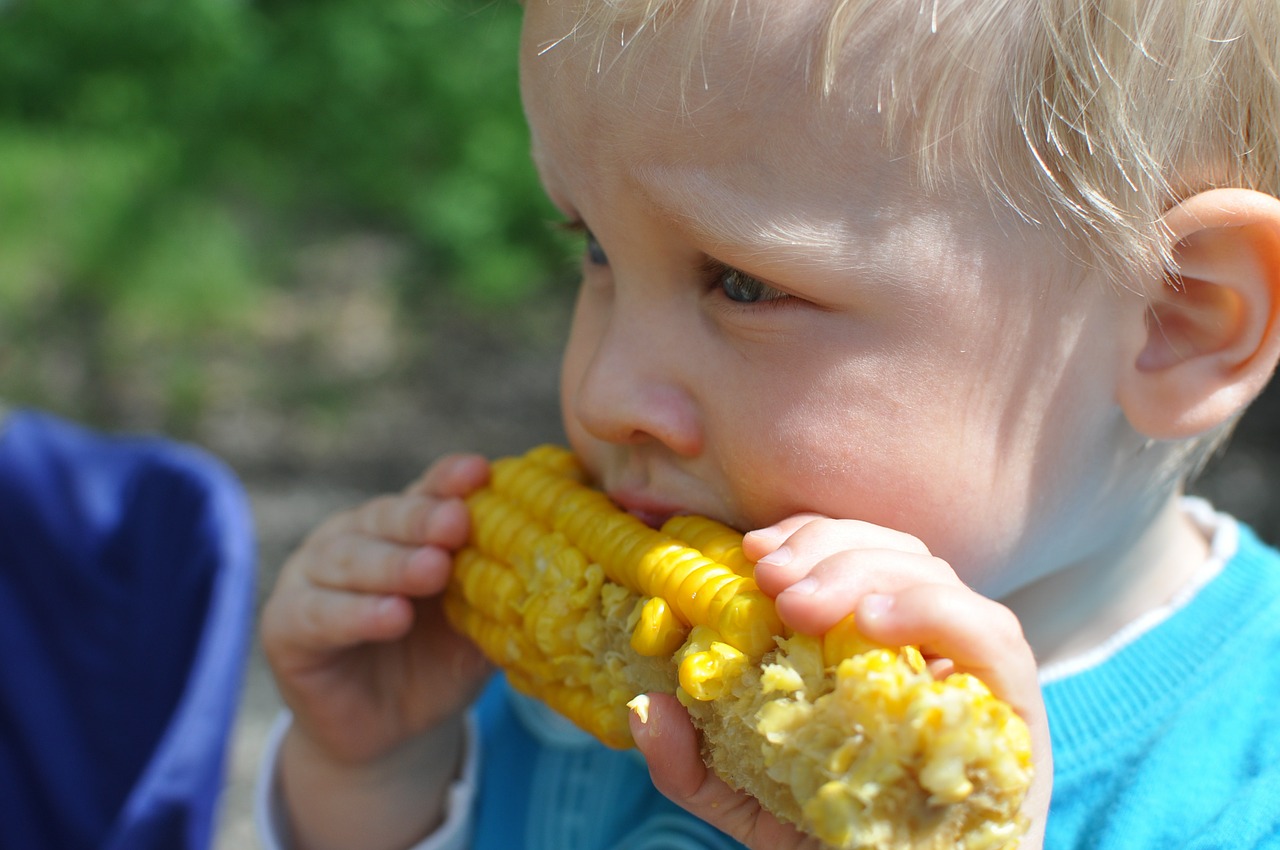
Is your child a picky eater? Here are some tips
Babies grow up, and there comes a time when they are ready to start trying new foods in addition to breast milk. Some babies and children show an enormous interest in food and experimenting with new tastes; others show less interest in solid foods or directly reject them and are picky eaters.
It is important to know that little or no interest in eating (or small amounts) in a one-year-old or older may be related to specific times in the infant’s growth, such as growth spurts, illnesses, social or emotional situations, and even hunger strikes.

There are also children who normally eat in small quantities and only certain foods; we know them as picky eaters. This form of selective eating is generally considered normal in the developmentally normal behavior in young children; it usually resolves by school age and does not affect the child’s growth.
We know this is an issue of great concern to many families, so we offer some tips that can help you manage mealtimes better in a respectful way. We hope you enjoy them:
1. Respect your child’s appetite — or lack of one
If your child is not hungry, don’t force them to eat. Also, don’t force your child to eat certain foods that they clearly don’t like. This could only create a power struggle over food. Additionally, your child may associate mealtime with anxiety and frustration or become less sensitive to their own signs of hunger and satiety.
Try to offer them small portions to avoid overwhelming your child and give them the opportunity to ask for more on their own.
2. Routines can help
Try to serve meals and snacks at about the same times every day. If your child chooses not to eat a meal, regular snack times will offer an opportunity to eat nutritious food.
3. Be patient with new food
Your child might need time to get used to a new food before taking the first bite. Serve new foods along with your child’s favorite food. Keep serving your child healthy choices until they are familiar with them.

4. Involve your child
Maybe while shopping at the grocery store and when preparing meals, have a childproof space for the child so it will be able to touch, cut, and play with different food.
5. Try to create a quiet environment (as much as possible)
Don’t force your child to eat; encourage them to taste food, and avoid constant cleaning and negative messages to your child.
6. Prepare a menu that suits all
Encourage your child to stay at the table for the designated mealtime — even if they don’t eat.
Preparing a separate meal for your child after they reject the original meal might promote picky eating.
Make sure there is always something your child likes so they can enjoy the mealtime.
7. Minimize distractions
Turn off the TV, mobile phones, and other electronic devices during meals to help your child concentrate on eating. Remember that advertising can also encourage your child to desire unhealthy foods.
8. Be a good example
The family is the best example a baby can have; they learn best through actions, not words. On the other hand, a healthy storage cupboard helps to encourage good eating habits for all the family.
9. Don’t use food as a reward
Giving rewards in the form of food (especially sweet or high-fat food) increases your child’s desire for it. Remember that children often eat what they need, not what we think they should eat. Encouraging is always better than force.
And, of course, if you’re concerned that picky eating compromises your child’s growth and development, consult your child’s pediatrician or healthcare center.
Do you have any other questions?
If you need more information about breastfeeding and motherhood, please download our free app, LactApp, for iPhone or Android. In the contact section of the app, you can find an in-app consultation channel where our experts will answer your questions.